Steel and Glass Composition
The structure gets its name honestly. There's an honesty in how the building presents itself, with steel framing that doesn't try to hide its purpose. The approach here was to let the structural system do more than just hold things up - it needed to organize the space and create the visual character at the same time.
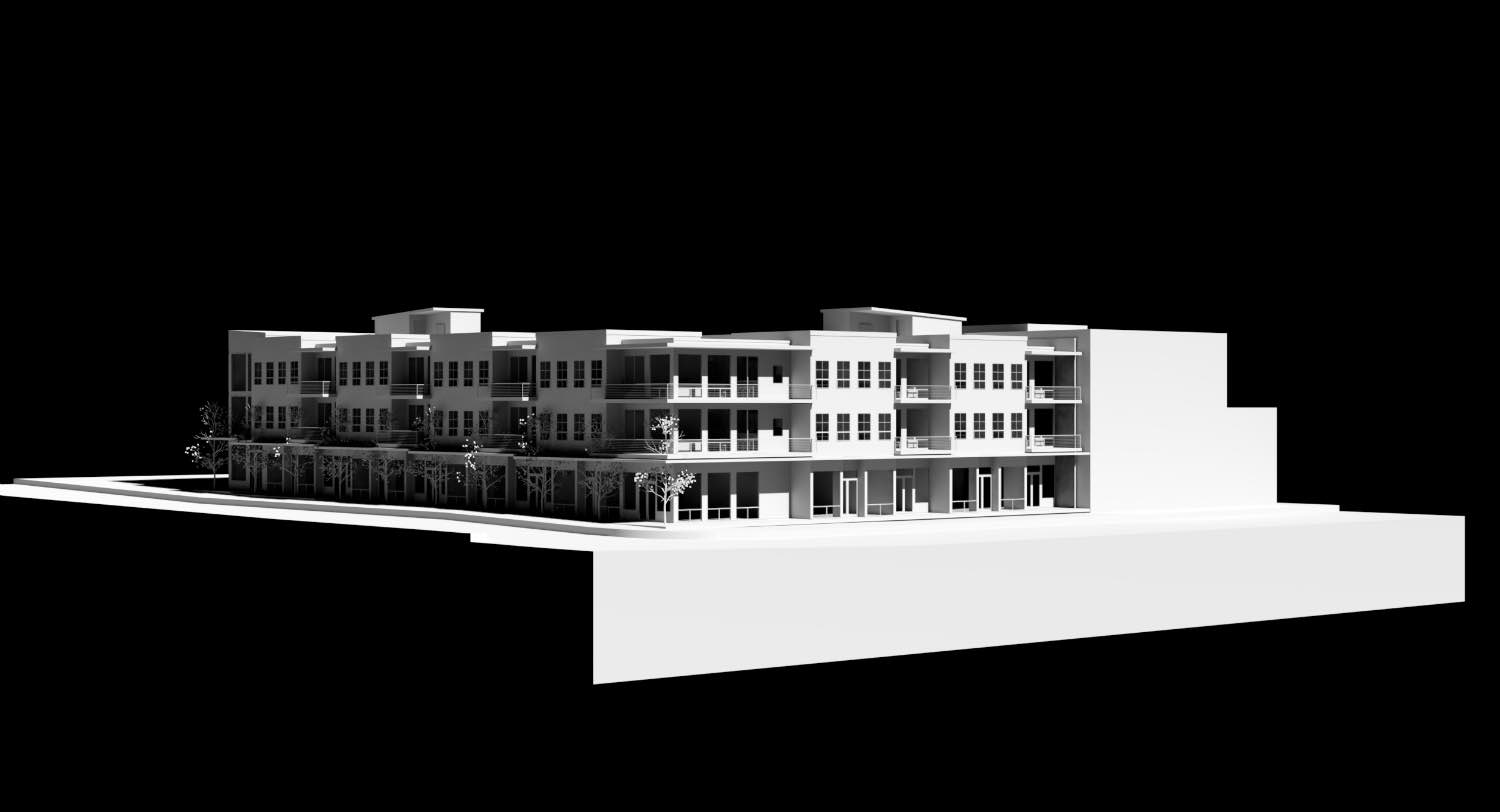
We worked with exposed steel members that carry through the building's organization. The framework establishes rhythm and proportion, creating a kind of order that becomes the architecture itself. Glass fills between the structural bays, bringing light in while framing views outward.
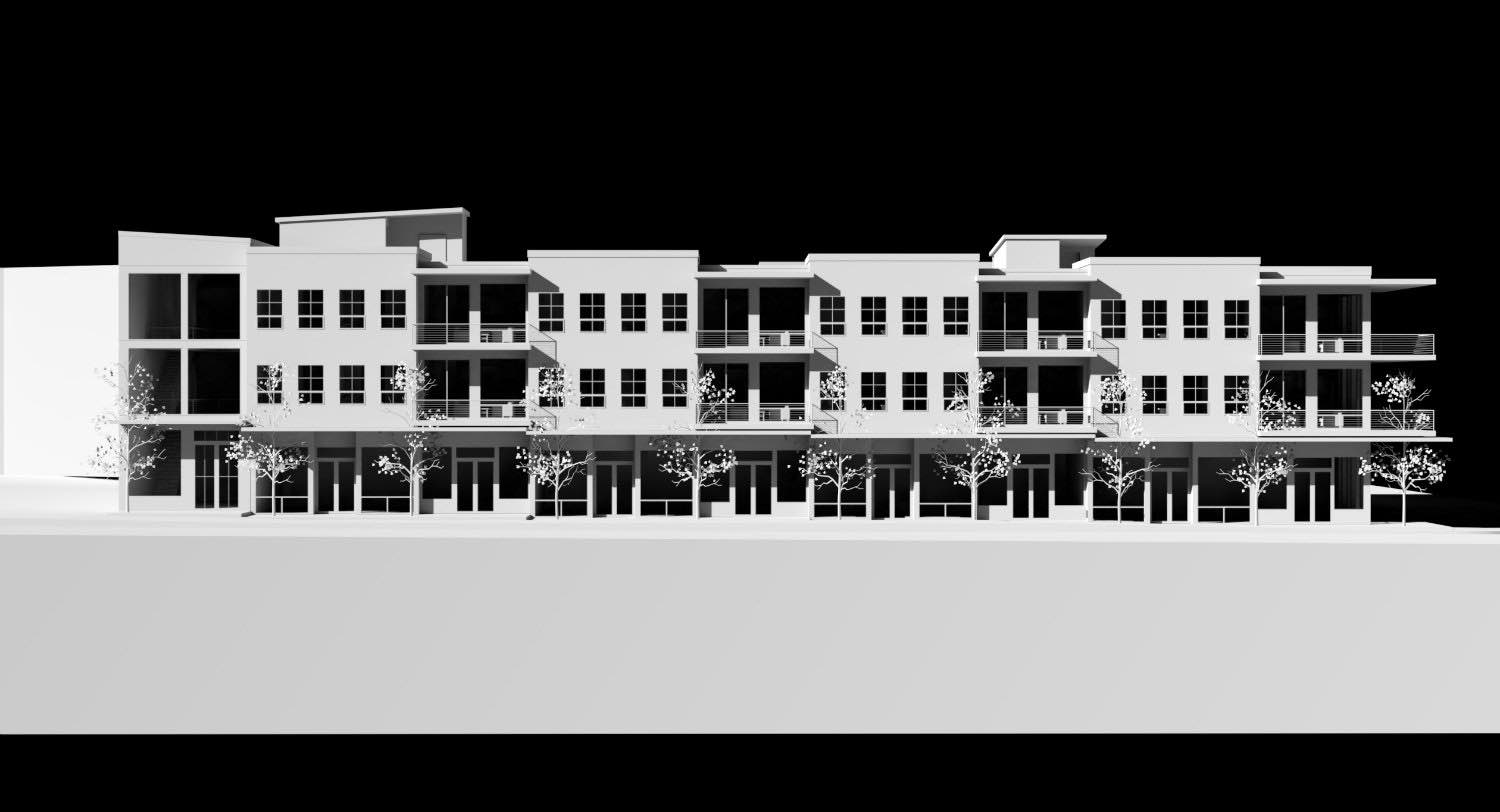
The spatial arrangement follows from the structural grid. Rooms align with the bay spacing, which gives each space clear definition without needing walls everywhere. You feel the building's organization as you move through it. The steel reads as a constant reference point, grounding you in the overall composition.
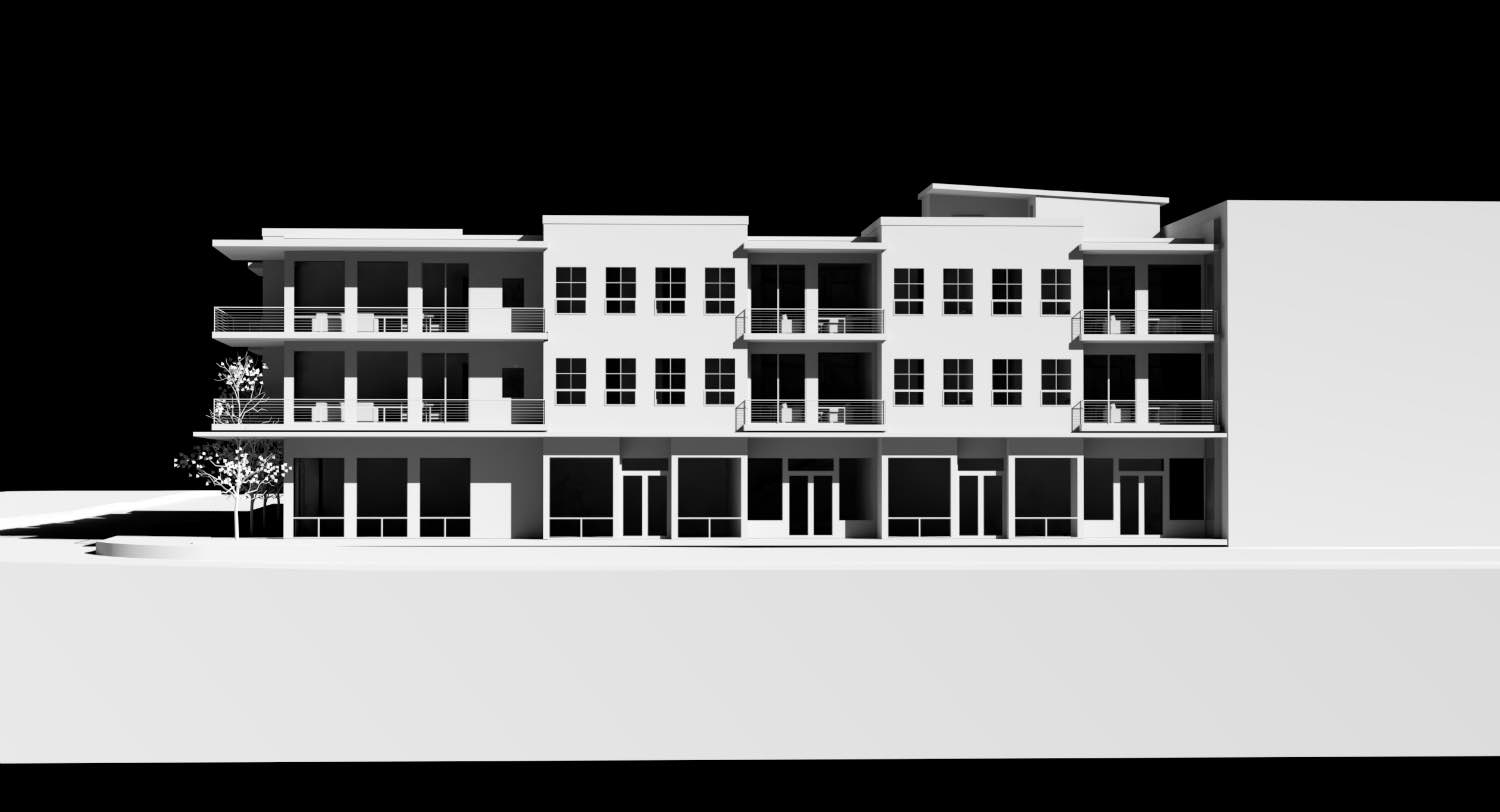
Material choices support this clarity. The steel maintains its industrial character while bringing precision to the details. Where materials meet, connections are straightforward and readable. This isn't about hiding how things go together, it's about making those relationships clear and purposeful.
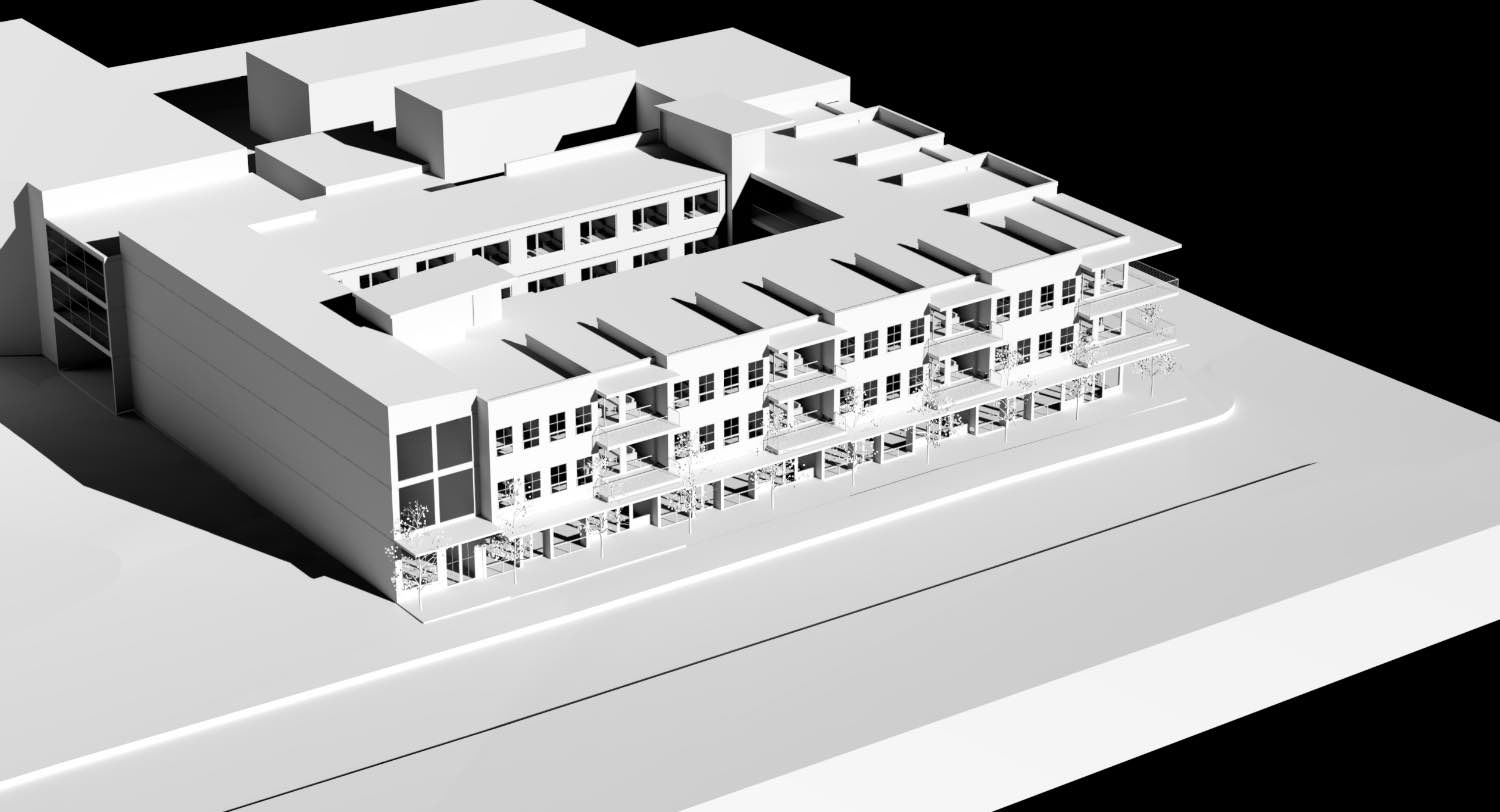
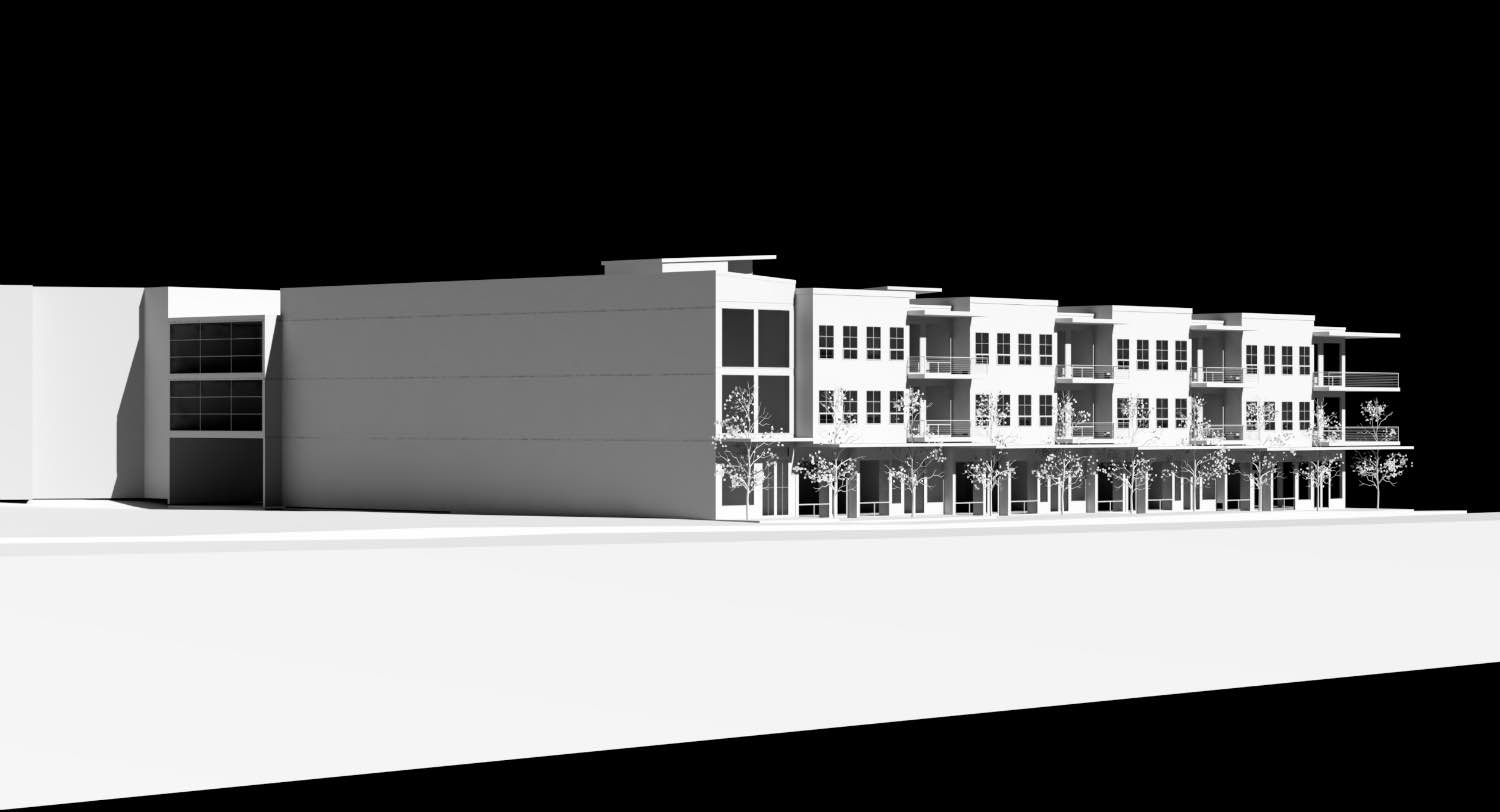
Light and structure work together throughout the building. The steel framework creates shadow lines that shift through the day, while the glass brings natural light deep into the interior. The interplay between solid and transparent, between heavy and light, gives the spaces their character.
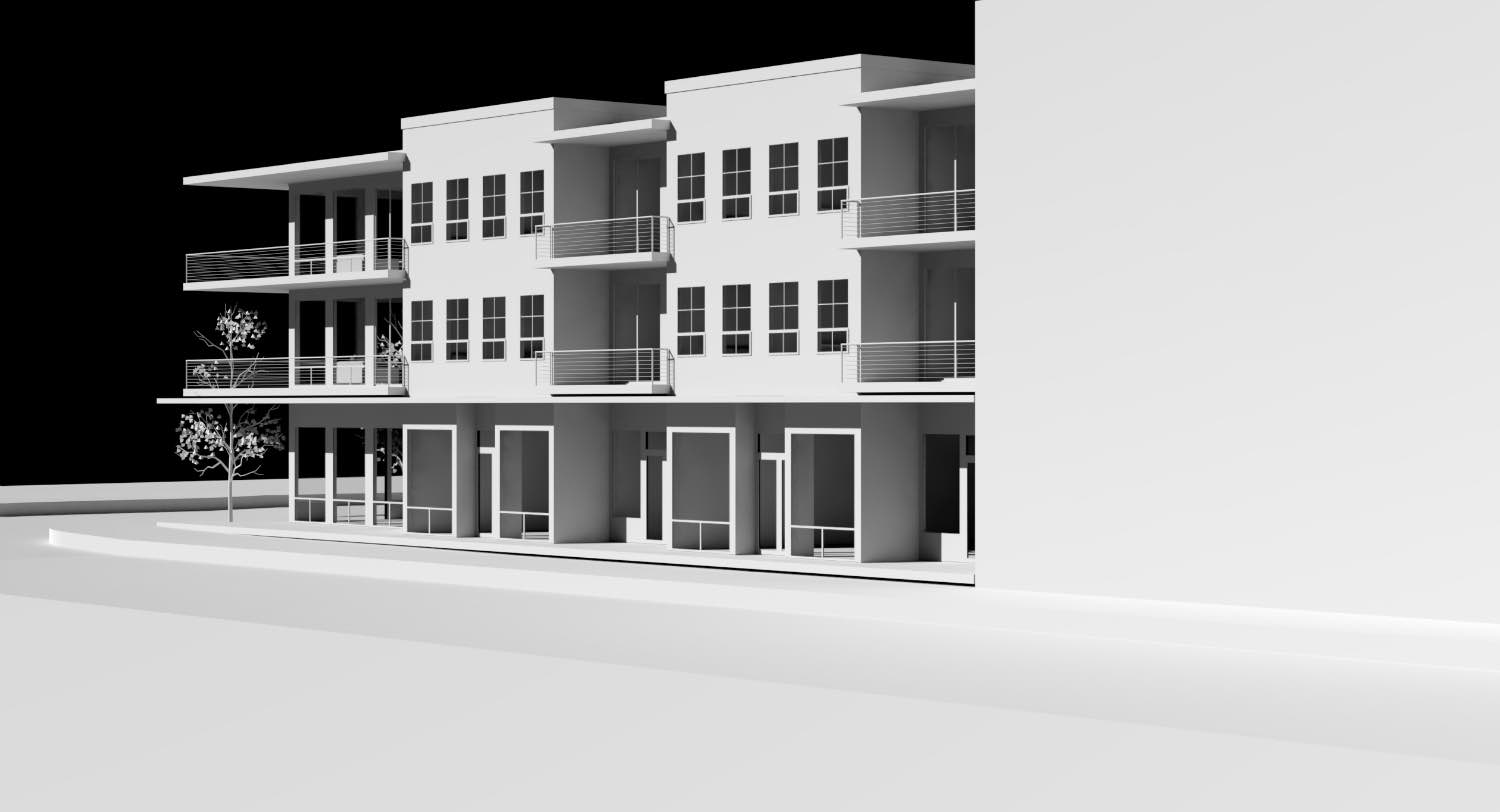
The design respects what steel does well - spanning distance, creating clear structural expression, and establishing strong geometric order. Rather than fight against these qualities, we used them to shape how the building works and how it feels to be inside it. The result is architecture that's direct about what it is and confident in its approach.
If you're considering a project that values clarity in structure and material expression, we should talk.
